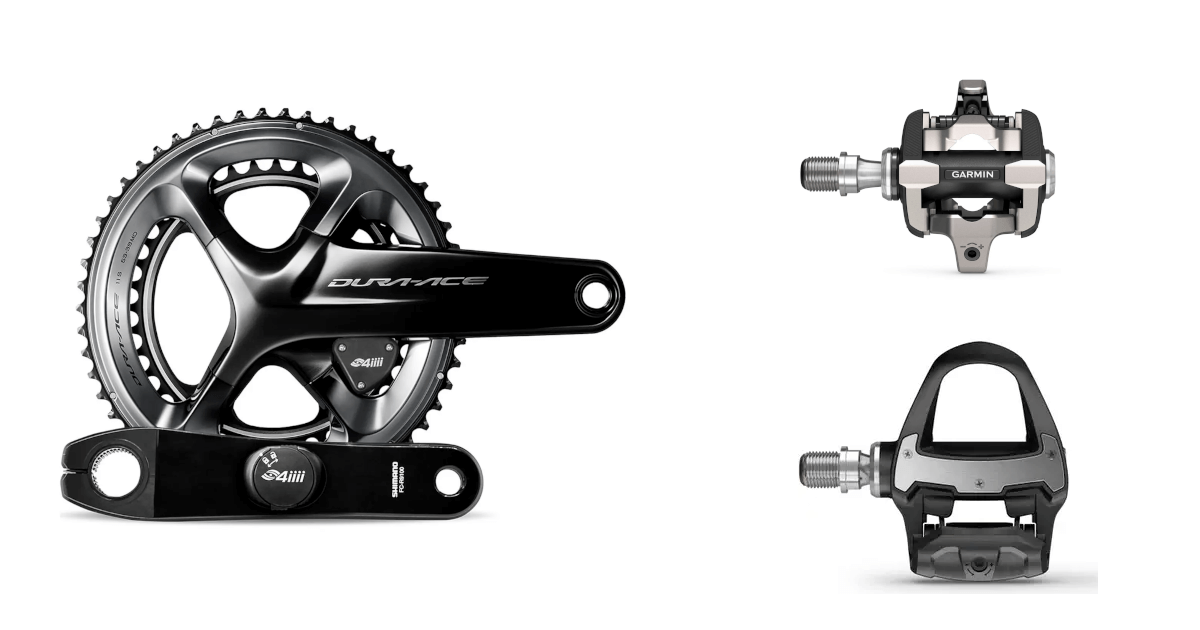Advantages of Using a Power Meter
Load can be measured regardless of external conditions.
There are four indicators to determine the load on a road bike or MTB
- power
- speed
- cadence
- heart rate
The surprising thing about power is that the value of power varies even under the same load depending on the riding conditions on a road bike or MTB, such as gradient or headwind, and it also varies depending on your physical condition.
Power, however, is the only quantitative value that can be used to determine the load during a ride, so the greatest advantage is that it can be used as an absolute value to determine “how hard the training is” or “how well you are doing”.
It can improve the quality of your training.
If you want to get faster and better on a road bike or MTB, daily training is a must.
Even if you train somewhat, you will improve to a certain point, but power training is what works when your level of improvement comes to a head.
You can adjust your training load based on how much load you apply and for how long, and you can combine a roller table with a training app like Zwift for a more serious power-up workout.
By using absolute numbers, rather than the inconsistent speed, distance, and heart rate numbers of the past, you can improve the efficiency of your workouts.
Disadvantages of using a power meter
Equipment costs money.
Perhaps the biggest disadvantage of power meters is the cost.
A single power meter alone costs around $300 for a single-sensor model, and around $1,000 for a dual-sensor model with both legs.
Furthermore, since a stand-alone power meter only continues to transmit data, you will also need a cyclocomputer that is compatible with the power meter.
If you own more than one bike, the cost is even higher because you basically need a power meter for each bike, except for pedal power meters, which are easy to replace.
Tend to be power-oriented
Without a power meter, you could enjoy riding long distances or ride to exhaustion with no limitation, but with the absolute value of a power meter, you can suppress your power in training or shorten your training time because you are producing too much power. On the other hand, the absolute value of a power meter can have a surprisingly detrimental effect.
In addition, since the numerical values of power and FTP can be easily compared with others, you may feel that you are inferior to others, you may not feel your own growth, or you may feel uncomfortable when others boast about their FTP.
Even professional road racers who are doing power training based on scientific considerations even incorporate long rides that are just loose-pulling without thinking, so it is surprisingly important not to be power-biased.
Is a power meter necessary for road bike/MTB beginners?
If you are a road bike/MTB beginner who wants to do serious training, it may be beneficial to introduce a power meter.
However, for beginners, it is sometimes enough just to experience the “fun of riding a road bike/MTB,” which is different from riding a regular bike, so there is no need to force yourself to install a power meter.
If your friend or fellow rider has a power meter and you want to use it, we recommend that you borrow his/her power meter-equipped bike and try it out.
